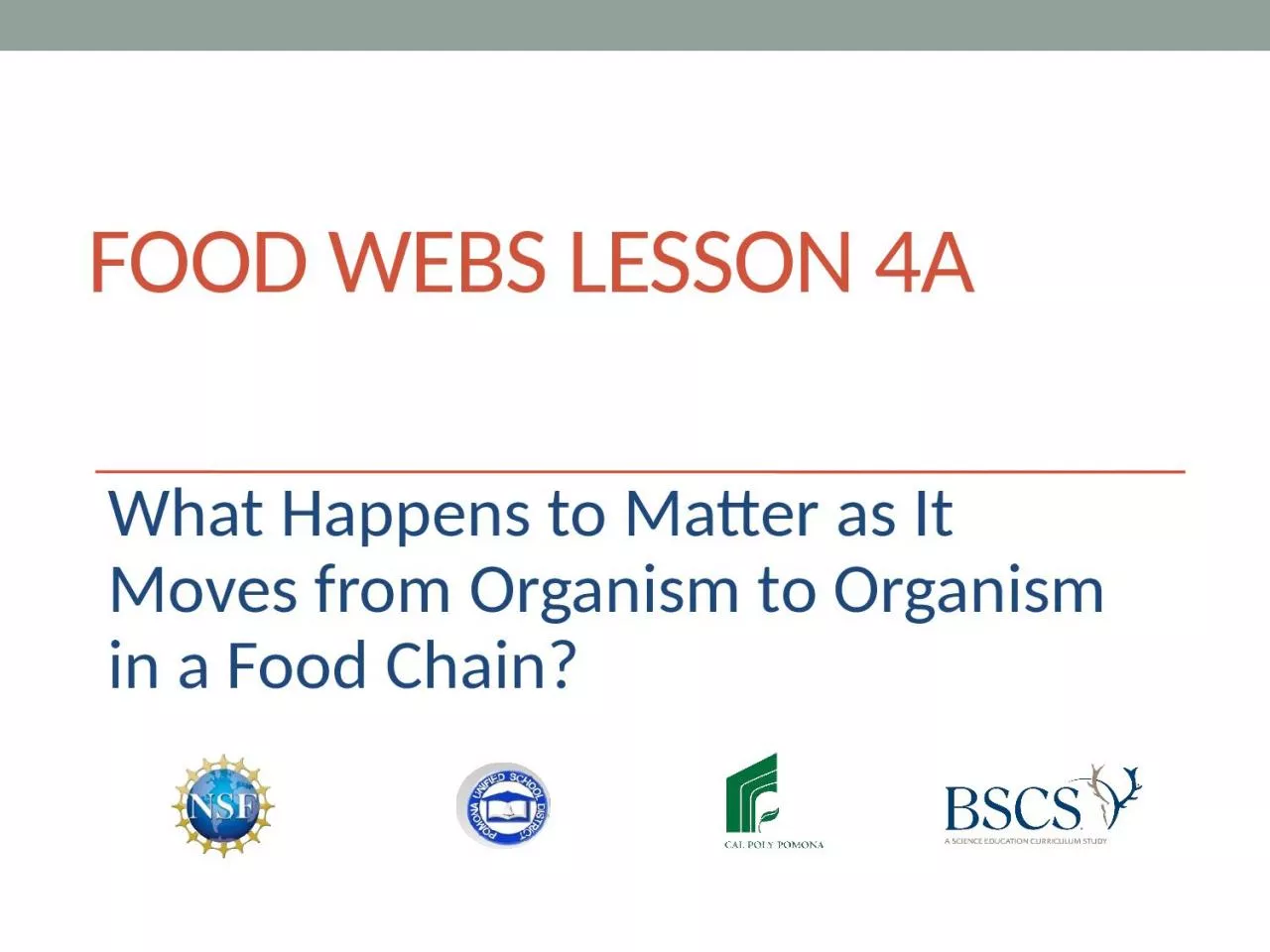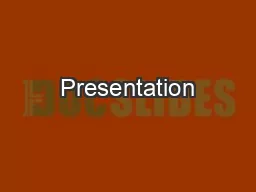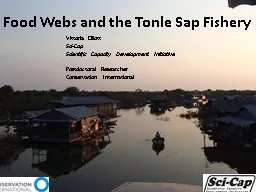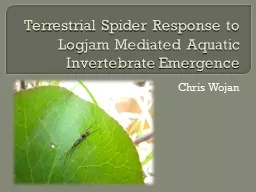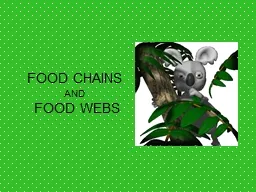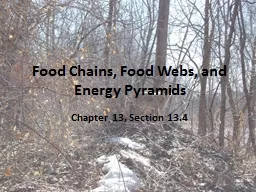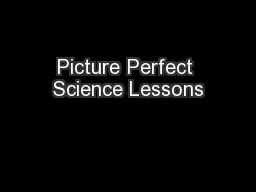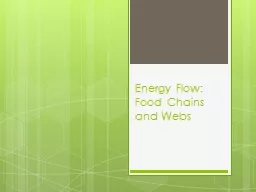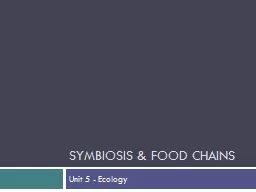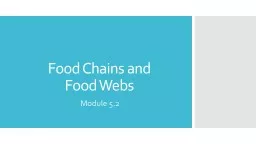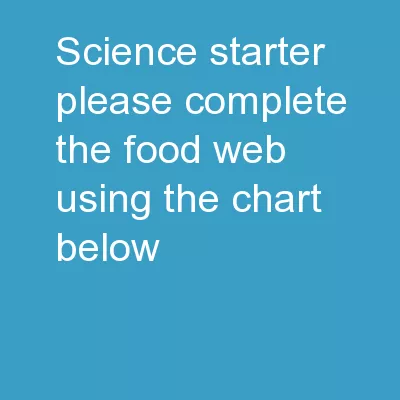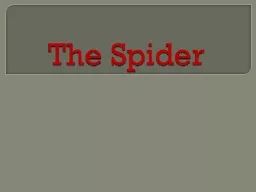PPT-Food Webs Lesson 4a What
Author : gagnon | Published Date : 2023-06-25
Happens to Matter as It Moves from Organism to Organism in a Food Chain Last Time Our focus question last time was How do animals grow bigger During
Presentation Embed Code
Download Presentation
Download Presentation The PPT/PDF document "Food Webs Lesson 4a What" is the property of its rightful owner. Permission is granted to download and print the materials on this website for personal, non-commercial use only, and to display it on your personal computer provided you do not modify the materials and that you retain all copyright notices contained in the materials. By downloading content from our website, you accept the terms of this agreement.
Food Webs Lesson 4a What: Transcript
Download Rules Of Document
"Food Webs Lesson 4a What"The content belongs to its owner. You may download and print it for personal use, without modification, and keep all copyright notices. By downloading, you agree to these terms.
Related Documents

